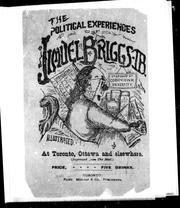 |
| 12 June 1944 Globe |
Due to wartime controls on dyes and textiles, the very suits themselves were considered unpatriotic. Keshen notes that the backlash against these bombastic youths had much to do with the panicky press coverage of the 1943 Los Angeles, zoot-suit riot. Sailors from the Chavez Ravine naval base, doled out some extreme beatings, and tore clothes from the civilian youth, who were perceived to have attacked sailors.
Canadian press associated zoot suiters with the jitterbug, clearly a spastic expression of loose morals. Tensions between servicemen and zoot suiters were greatest in Toronto and Montreal. In the later city, violence was meted out to both sides, spilling over to Verdun, where the Dance Pavilion was raided by mob of 400 sailors.
In the summer of 1943, Toronto servicemen had ripped the clothes off the youngsters and tossed them in the lake. A Globe and Mail article which predicted the swift end of the fad, patriotically ridicules the outlandishly clad youngsters. One "youthful veteran of this war" is quoted as a representative of enlisted men:
I know how the servicemen feel. They have exchanged their civilian clothes for a uniform of which they are very proud. They feel a lot of these kids wearing the funny clothes should be either in the army, navy or air force. And when, as was the case at Sunnyside recently, one zoot-suit wearer 'took a crack' at a fellow in army uniform - well what could you expect?"("Zoot Suit's Day Wanes in Opinion of Tailors", Globe and Mail, 12 June 1943, p.5 )
 |
| Globe and Mail 19 June 1943, p.3 |
 |
| Globe and Mail. 6 July 1944. p.3 |
During the 1990s swing revival, the Cherry Poppin' Daddies broke onto the international stage with their hit "Zoot Suit Riot". The song holds up better than the music video.

